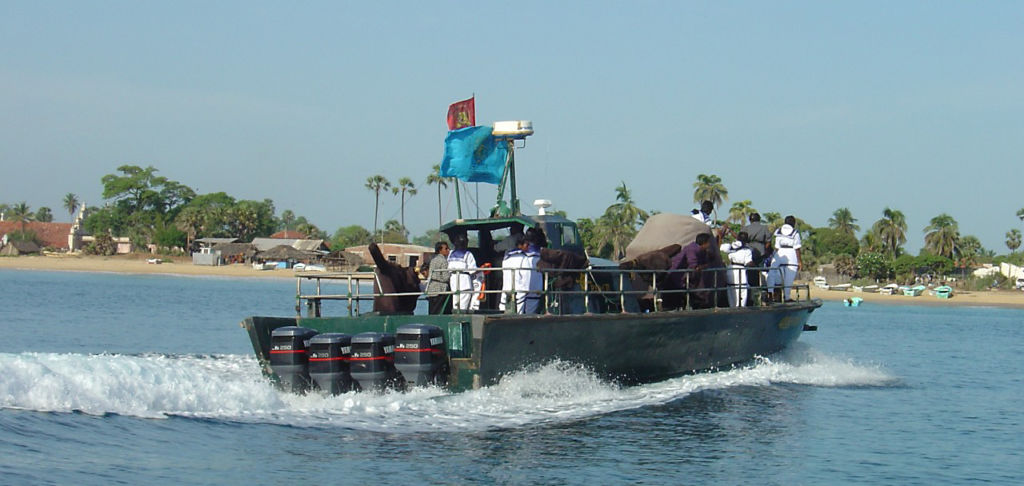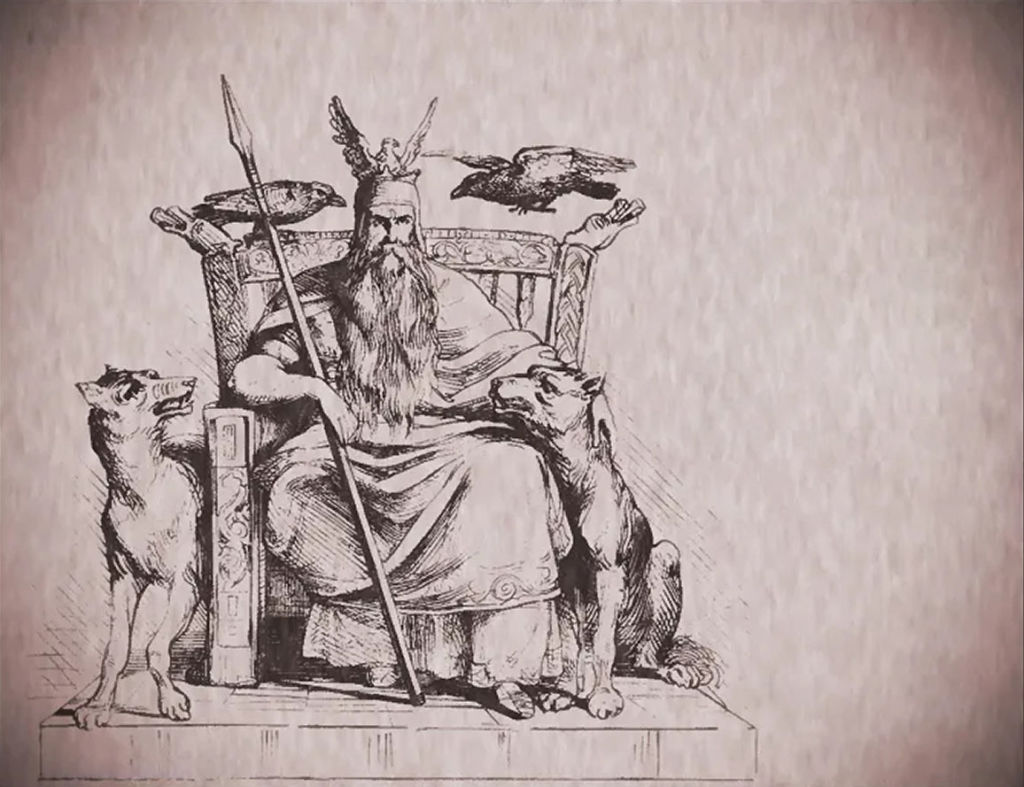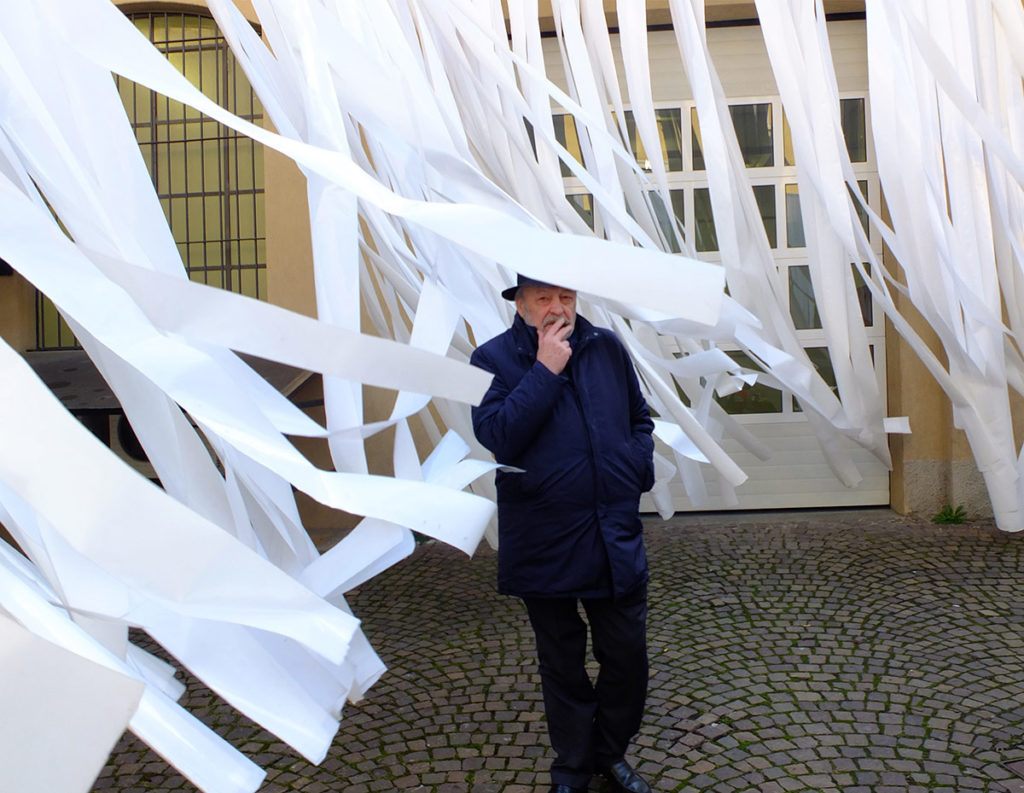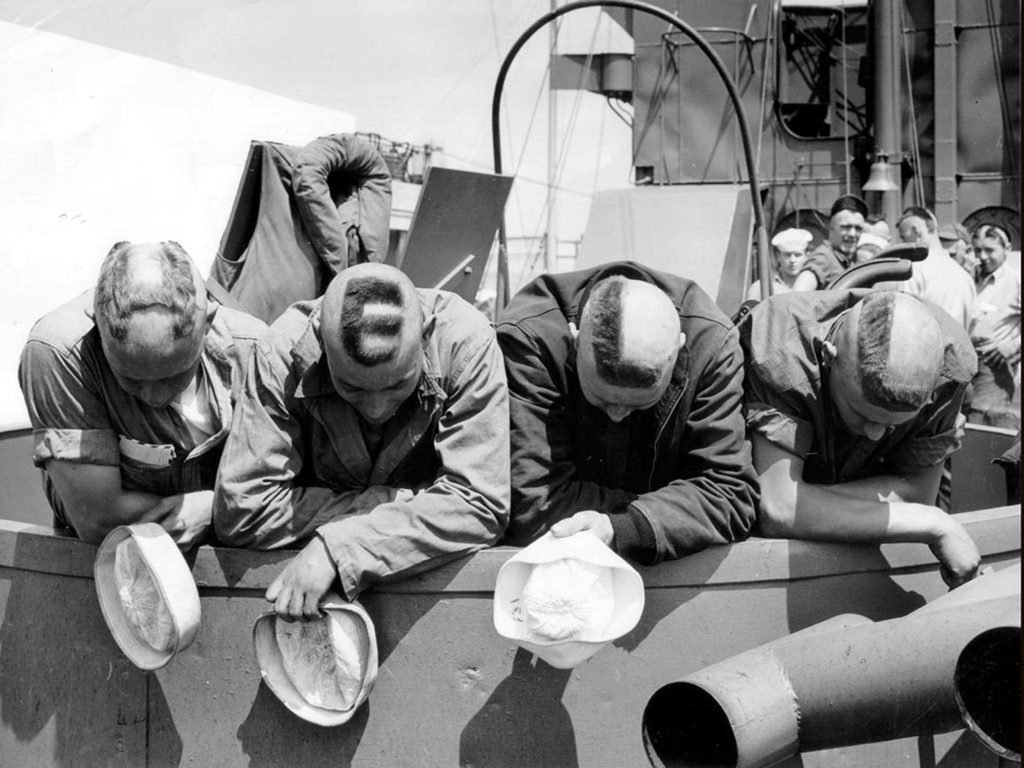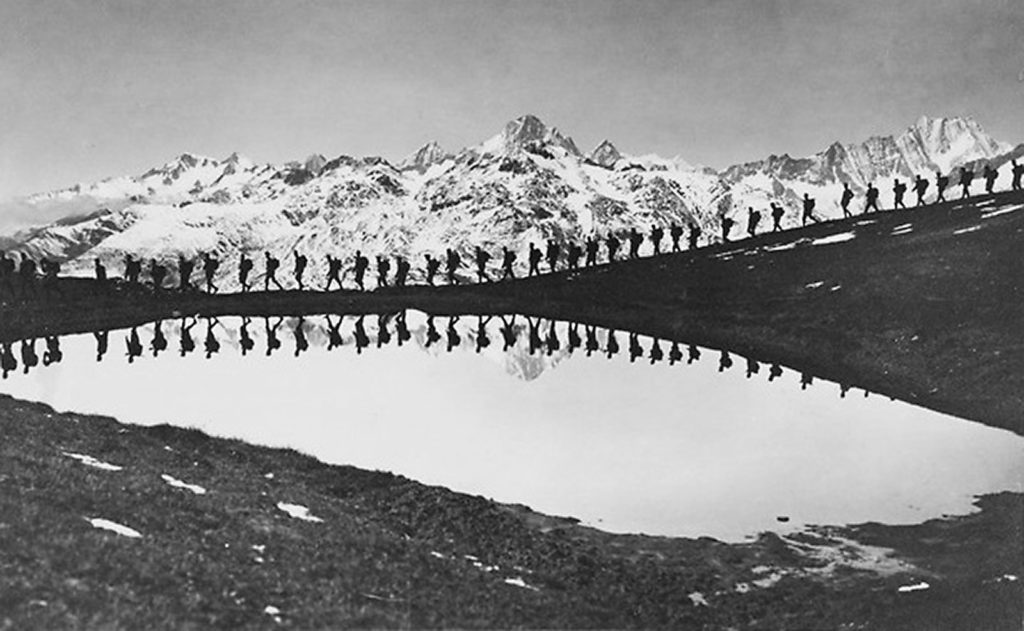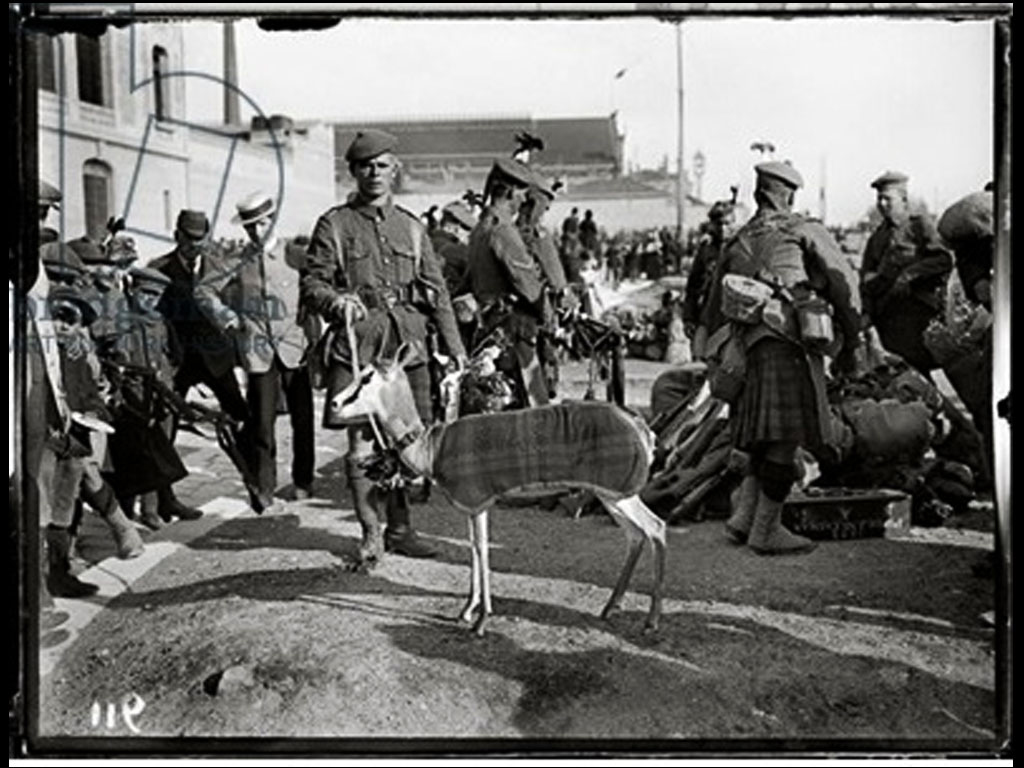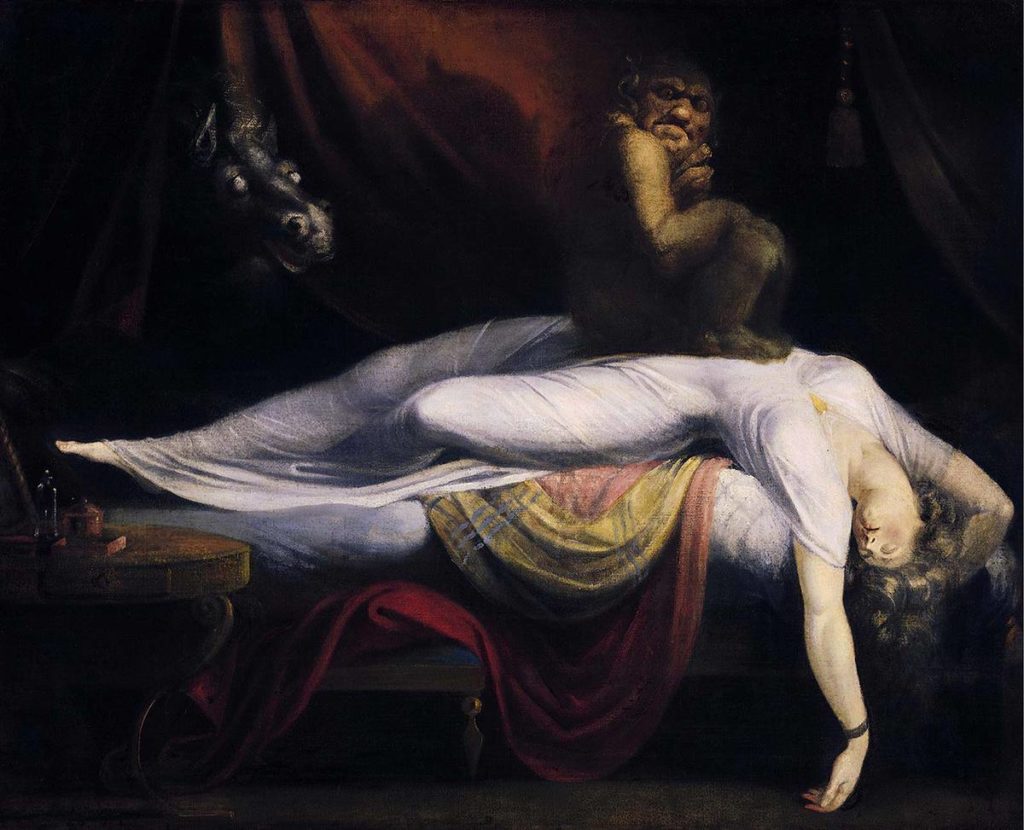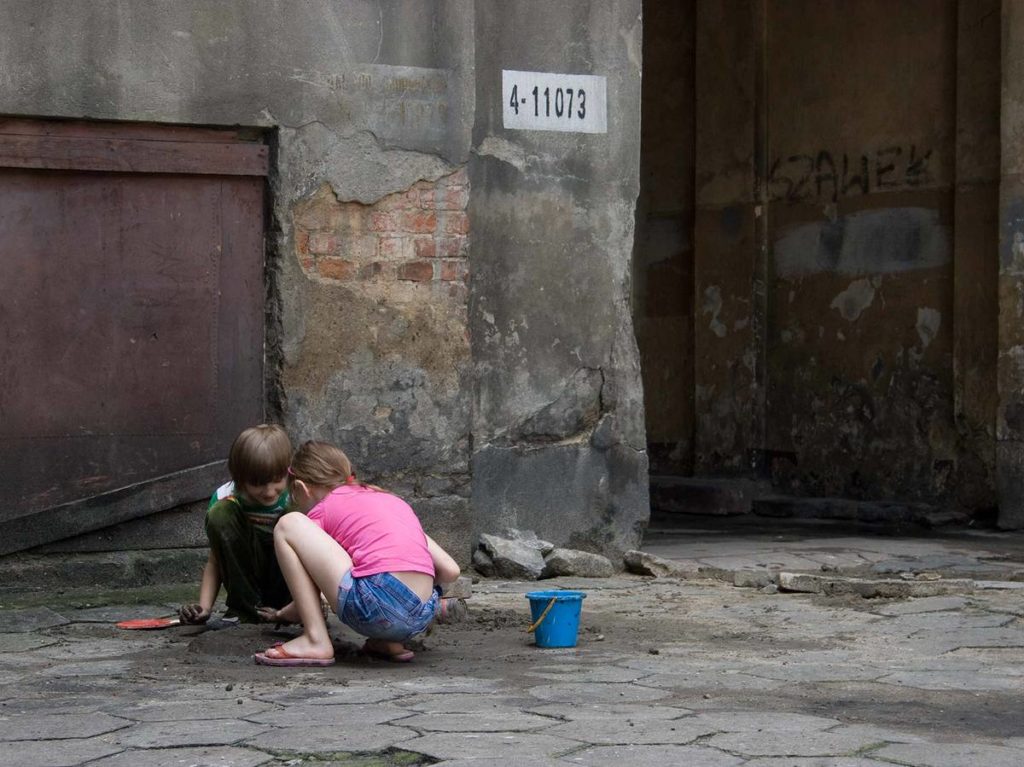Nigerian artist Ndidi Dike has been working on the “resource curse” for several years. This is the scourge that hits countries rich in resources (mining, oil, forestry), resources that are so coveted they cause destruction, despoliation, corruption and conflict. Her subtle work focuses on specific materials (latex, leather, rattan or coltan), their circulation and impact.
In 2017, during several months of residency at the Villa Vassilieff – Pernod Ricard Fellowship in Paris, the artist gave birth to a new series of sculptures and installations whose initially seductive aspect gradually lifts the veil on the complex narratives linked to the control of local elites and foreign interest groups over these riches which, instead of benefiting the populations, produce situations of slavery, violence and war.
The history of the Democratic Republic of Congo (DRC), in which Ndidi Dike, born in 1960 in London, living and working in Lagos, Nigeria, has been involved for several years, is a tragic example of the “resource curse” – an expression coined by the British economist Richard Auty. Rich in copper, cobalt, gold, diamonds or oil, the territory of what would later become the DRC became the personal property of Leopold II, King of the Belgians, in 1885 at the Berlin conference where European countries carved up Africa like slicing up a cake. Leopold II established a regime of abuse and suffering, with the exploitation of rubber as the central pivot. The populations were subjected to such violent working conditions that they were reported by the international press provoking controversy and scandals. Belgian domination did not end with the independence of the DRC, proclaimed in 1960. The interference of the former colonial power has been instrumental in the outbreak of civil wars that regularly reappear to this day. Many Belgian multinationals, but also European and North American multinationals, continue to exploit the country’s labour and resources, with no benefits accruing to the country.
Ndidi Dike’s works testify to the presence of bodies that were denied, by those who exploited them, any identity of their own, any value other than that of their labour force: invisible, despoiled, sometimes even mutilated labour when the required levels of production were not reached. These anonymous bodies seem to find refuge in the works of the artist who offers them a considerate sanctuary.
While in her earlier works, the artist reflected the violence of these stories through the use of metal, rusty ammunition or salvaged wood, her recent sculptures, promising possible remembrance and justice, delicately and sensitively evoke injured or expropriated bodies, as well as permanently polluted soils. Thus, Mano Labour deploys a series of flesh-coloured, pink and beige diaphanous drapes, sometimes covered with light plastic sheets. Suspended from the ceiling, they disturb our gaze by revealing filters and layers of interpretation. The vaguely cartographic shapes applied to the drapes, facing a map of the African continent shared out by the colonial powers, do not immediately reveal that they are actually made of cut white latex gloves. These were imported from Nigeria by the artist, as shown by a pile of packing boxes placed nearby, half hidden by plastic sheeting.

Exhibition view, “In the Guise of Resource Control”, Villa Vassilieff, Paris, 2017. Ndidi Dike, “A Bend in the River” (detail), 2017. Courtesy of the artist. Image: Aurélien Mole.
Privileged beneficiaries
The product of very harsh working conditions in the DRC or Côte d’Ivoire, latex is also used to manufacture the gloves worn by agents, civil servants or employees of private security companies, who “process” migrants at Europe’s borders. These same gloves are used by archivists and museum curators to protect the objects they handle (objects that, in European ethnographic museums, bear witness to the appropriation of the cultural wealth of the African continent) but also to avoid being contaminated by the bacteria or moulds that these artefacts could carry. In the artist’s view, latex embodies the violent paradox of exploiting the resources that transit to Europe: while raw materials and manufactured objects easily cross the fluid borders of the market economy, migrant bodies attempting to follow the same path are perceived (and handled) as a threat.
The gloves had previously been used by Ndidi Dike as moulds to form fragile hands made of “plaster of Paris” (the plaster most used by craftsmen in France). Some still carry latex remnants such as bandages. These enlarged hands, often with broken fingers, stand in line in the packaging boxes. Without fingerprints and therefore without identity, they are dotted with sequins evoking the trace of minerals such as coltan. Used in particular in the manufacture of mobile phones and in the aeronautics industry, coltan is extracted by men, women and children in conditions close to slavery. The hands thus seem to launch an appeal, claiming the right to the dignity and memory of the “disposable lives” they remind us of, while denouncing the reality of a predatory system of which we – art spectators in the West – are, consciously or not, the privileged beneficiaries.
The work takes its title from a novel by V.S. Naipaul, A Bend in the River. An Indian Muslim merchant, living in a small town in a newly independent East African country, observes from an “outsider’s” point of view the rapid changes caused in particular by the lure of ivory and gold resources, and the corruption that is gradually blighting his environment. It is this same “foreign” gaze that Ndidi Dike has directed at Paris and its surroundings, by mixing objects brought back from Nigeria with local materials, themselves metaphorically charged. For her work Access, she recovered scrap leather abandoned by Parisian haute couture houses: hanging on the wall, they evoke the architecture of suburban high-rises where many immigrant families or descendants of immigrants are housed. Of the same light flesh colour as the drapes in Mano Labour, these scraps of luxury leather also trace the negative body imprint that is both necessary for the economy of European countries and yet rejected on their margins.

Exhibition view, “In the Guise of Resource Control”, Villa Vassilieff, Paris, 2017. Ndidi Dike, “Extraction Scarification Residues” and “Duality of Domesticated Debt Bondage”, 2017. Courtesy of the artist. Image: Aurélien Mole.
A form of emancipation
Duality of Domesticated Debt Bondage evokes the interdependent relationships between a domestic workforce that is often immigrant, sometimes undocumented, and the wealthy social class that employs it, sometimes in disregard of the most basic rights. Work clothes cast in plaster are laid out on a clothes rack, entangled in a net bought by Ndidi Dike from a Nigerian fisherman. The rigid folds of the workwear recall the nobility of classical sculpture, but the crumbling layer of plaster, shedding white flakes on the floor, once again suggests the fragility of these faceless existences. The title of the work also refers to the outrageous debt that binds many African countries to their former colonizers and hinders their economic development.
The lightweight meshes of the net, hand-knotted by fishermen, echo the monumental rattan chicken cages in Rattan Aerian. Also brought back from Nigeria, they compose a hybrid sculpture on the walls, ceiling and floor where a fan and electrical cables are installed, retrieved from Ndidi Dike’s residency studio in Paris. Two of the cages have been transformed (not without humour) into lampshades, suspended from the ceiling of the exhibition space. These utensils, which were once functional and necessary for the family economy, evoke the frequent appropriation of everyday objects, considered exotic and transformed into “ethnic” design features. Their commercial value then increases considerably, without benefiting the people who made them. By reintroducing these objects into art history, Ndidi Dike reveals the links that unite it to “the big History”, that of colonization, resource exploitation and migration. By proceeding through assemblies and associations, she assigns objects with the role of witnesses, of storytellers. It is up to the visitors to take these up (symbolically) to generate new stories – critical, multiple, uncontrollable – of the world.

Exhibition view, “In the Guise of Resource Control”, Villa Vassilieff, Paris, 2017. Ndidi Dike, “Rattan Aerian”, 2017. Courtesy of the artist. Image: Aurélien Mole.
Woven into the rattan fibres, fragments of fabric, plastic and cable recount the composite trajectories that Ndidi Dike’s artistic work reveals without ostentation or literal interpretation. If the itinerary of the absent bodies that populate her works is almost impossible to map, it is precisely because of the lack of narratives, which the artist’s work repairss in her own way. Unexpected encounters occur at the heart of her works, as with Maryland, named after the American state that has welcomed one of the most diverse populations in the country. The braided lids of onion baskets from Nigeria crown an industrial glass plate, intertwined with shreds of fabric and a fishing net float, a recurring element in Ndidi Dike’s plastic vocabulary. For the artist, the floats also evoke the journey undertaken by human beings seeking to reach Europe by sea, at the risk of their lives.
The extremely violent exploitation of resources and bodies thus becomes the fluid, underlying matter, from which the artist shapes works that unfold according to the multiple narrative layers conveyed by the materials that compose them. The “mano labour”, the work of her own hand, also appears, as a way of engaging an incarnate relationship with the stories she deploys and the anonymous figures she invokes. The works described here are conceived as essays, fragile and beautiful attempts, like Extraction Scarification Residues, a large imaginary map made from shimmering layers of glittering acrylic, applied to a thin plastic sheet. This reminds us as much of the scarification of ground dug out with mining galleries as of the pollution of water tinged with splendid iridescent colours by industrial waste. Each work seeks to generate new conversations and new stories, however impossible they may be. Ndidi Dike’s works can thus be located “at the limits of the unspeakable and the unknown”, to use the words of American researcher Saidiya Hartman. In Venus in Two Acts, this specialist in African-American literature analyses the possibilities of telling the story of the violence inflicted on black bodies by slavery without replicating it. Caught between hope and failure, she invites us to make the limits of the writing of history more visible, fashioning a narrative in an ever-renewed attempt to offer the dispossessed beings a home in the world (Saidiya Hartman, “Venus in Two Acts”, Small Axe 12/2: 1-14, 2008) .
Translation by Angela Kent
Revised version of a text published in 2017 in a micro-edition devoted to Ndidi Dike by the Villa Vassilieff, Sous couvert du contrôle des ressources.
Cover: Exhibition view, “In the Guise of Resource Control”, Villa Vassilieff, Paris, 2017. Ndidi Dike, “Maps”, 2017. Courtesy of the artist. Image: Aurélien Mole.

